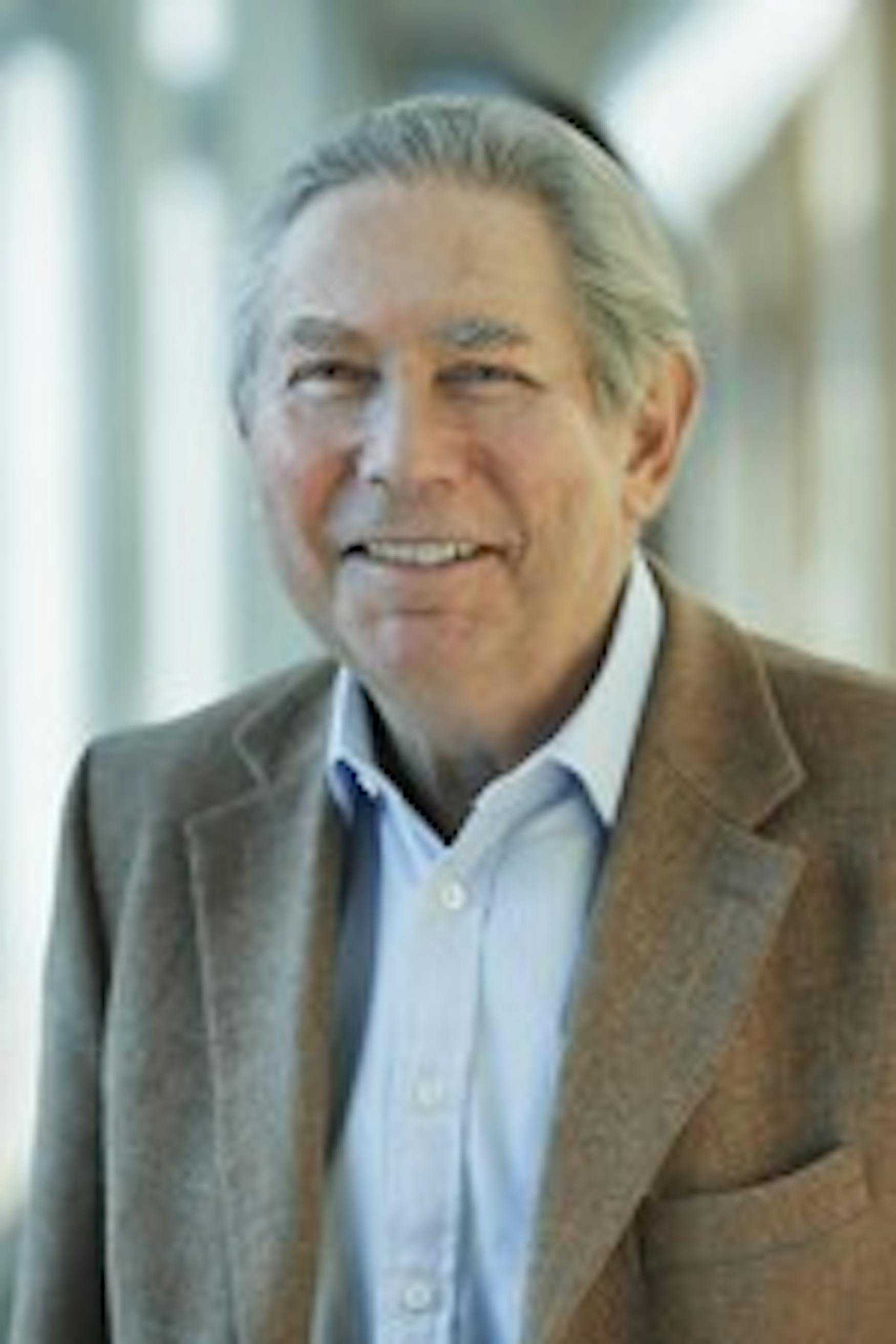Professor named chief historian of new exhibition at Warsaw museum
Prof. Antony Polonsky (NEJS) has been named the chief historian of the Polin Museum of the History of Polish Jews, located in Warsaw, Poland. The museum will open the doors of its permanent exhibition about the history of Judiasm in Eastern Europe on Oct. 28 of this year, after having been opened and displaying temporary exhibitions since April 2013.
Polonsky began his role with the museum in 2010, when he was asked by the Association of the Jewish Historical Institute of Poland to evaluate the museum’s permanent exhibition for historical value. In June of 2013, Polonsky was appointed to the role of chief historian of the permanent exhibition. On June 27 of this year, when the permanent exhibition was handed over to the museum by the Association of the Jewish Historical Institute of Poland, Polonsky was appointed chief historian of the museum as a whole.
Though it is over 4,000 miles from Brandeis, the Polin Museum plans to have close connections with the University. University President Frederick Lawrence visited the museum, and Polonsky said in an interview with the Justice that many individuals affiliated with the museum wish to establish ties with American academia and the American public, including the Brandeis community. The University’s connection to the museum came as a result of Polonsky’s involvement.
Polonsky was born in Johannesburg, South Africa. With a background in German history, his interest in Polish history was not really planned. He said in a speech to Harvard University students at a Jewish Studies Program Seminar in November 2011, which he sent to the Justice, that “I believed (wrongly) that all the interesting topics in the history of German National Socialism had already been investigated and was drawn to analyze what I thought were similar manifestations in Poland.” There was, he believed, a loss of freedom which only affected the intellectual classes. However, he continued on to say, in the same speech, that “I was quickly disillusioned. It became apparent to me that the loss of freedom affected the whole of society.” It was this that drew him to studying Polish history.
The museum is comprised of a permanent exhibition, opening on Oct. 28, as well as several temporary exhibitions. The permanent exhibition, of which Polonsky is the chief historian, is overseen by a committee of the museum administration and will likely be updated annually. The exhibition surveys a thousand years of the history of Jews in Poland, though it does not confine itself to the political borders of Poland but rather explores the history of Jews in Eastern Europe. The exhibition uses “artifacts, paintings, interactive installations, reconstructions and models, video projections, sounds and words,” according to the museum’s website. It tries to focus not only on the victims of the Holocaust, but also those who survived as well as the time that preceded and followed the Holocaust. The museum website states “we give the floor to those who perished and those who survived.”
Polonsky currently holds a position as the Albert Abramson Professor of Holocaust Studies, and he has written a three-volume history of Eastern European Jewry. He is currently on sabbatical and not teaching any classes, and he gave his last lecture at the University on Dec. 9, 2013. He is planning to retire from Brandeis in August 2015,but said in an interview with the Justice that he hopes to maintain connections to the University as a professor emeritus.




Please note All comments are eligible for publication in The Justice.